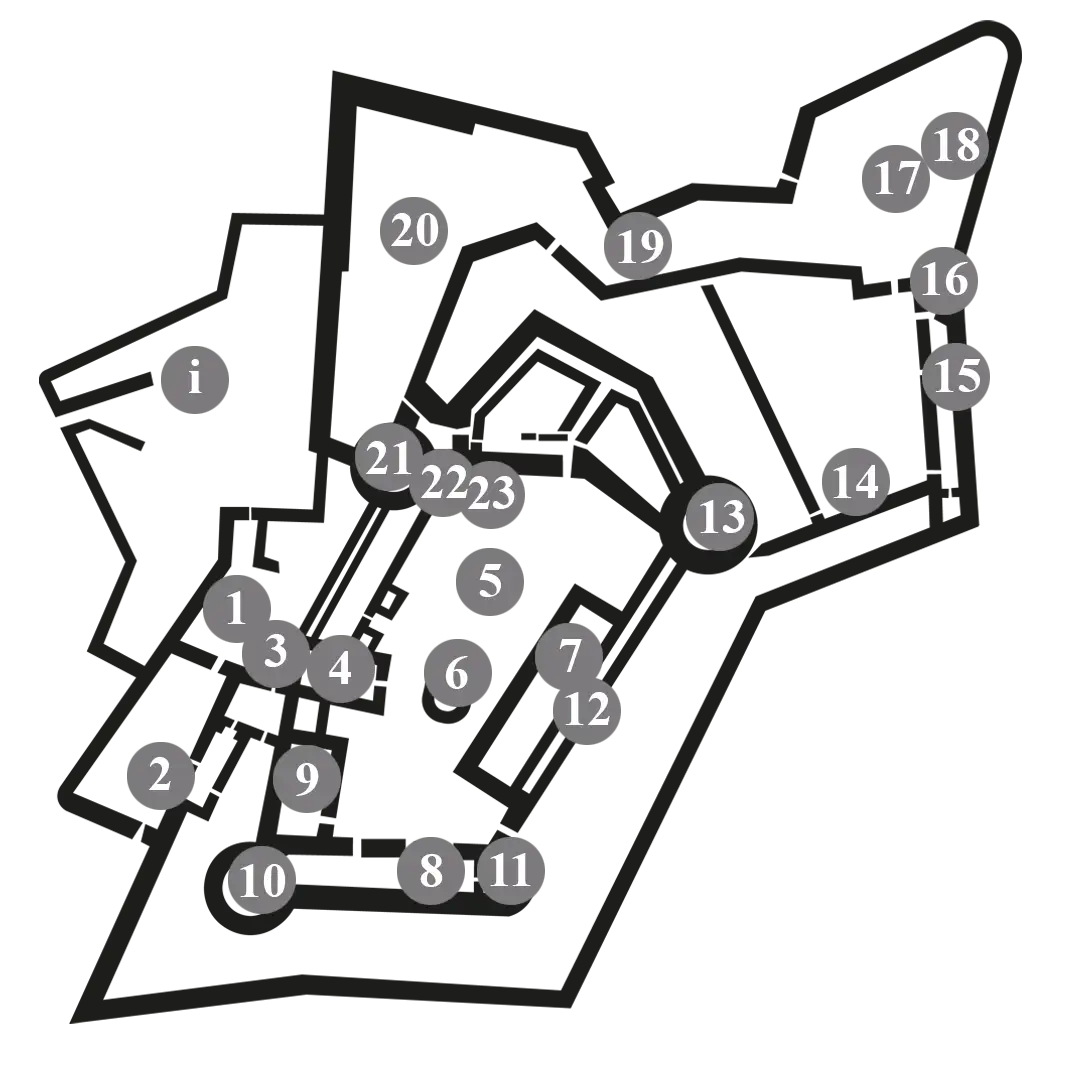





When Bohuslän became Swedish in 1658, Bohus would gradually lose much of its defensive significance because there is no longer a national border in the Göta River to defend. In the same year, construction begins on Carlsten’s fortress out on Marstrand to defend the newly acquired border along the North Sea.
After the last siege of 1678, the fortress will increasingly be used as a state prison for the kingdom’s prisoners. At the end of the 18th century, Gustav III decided that the fortress should no longer be part of the kingdom’s defense. In 1786, the last crew left Bohus for good, which is now deserted. Many believed that there would be a risk that the enemy can take advantage of the fortress in an attack on Sweden. Three years later, Gustav III therefore makes the fateful decision that Bohus should be demolished.
The residents of Kungälv were allowed to come here and pick up as much stone as they wanted. In 1838, however, Charles XIV Johan fortunately put a stop to further destruction. In 1898, work began on restoring Bohus. Slowly, they began to put back together over 700 years of battles, hardships and hopes so that you can still look out from Bohus over the Göta River, to the meadow which was the national border between Sweden and Norway.
Här kan du boka plats på The End of Bohus!
Eventet startar den {je_event_startdatum_event:j M} kl {je_event_startar}
{je_event_popup-teext}